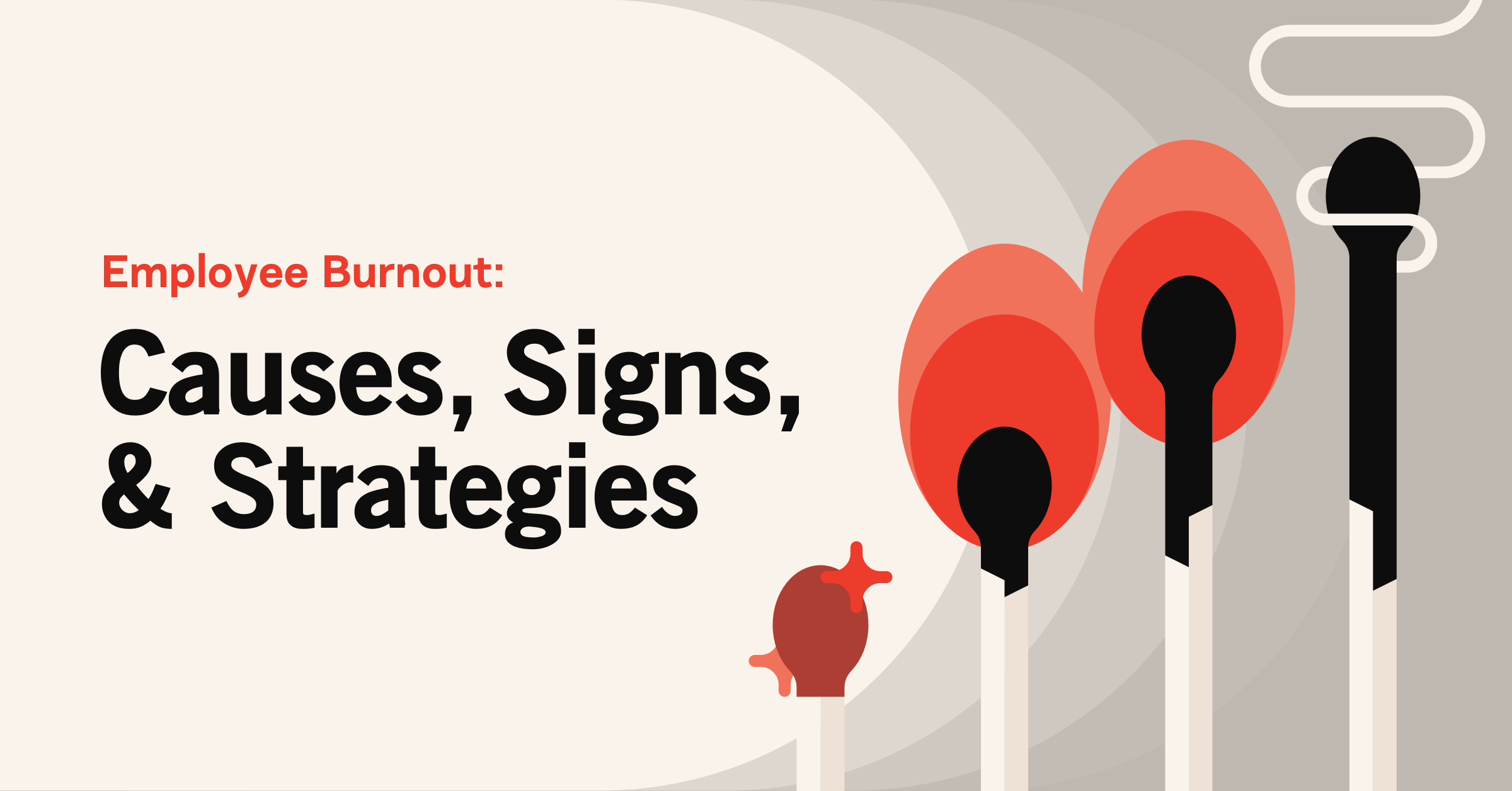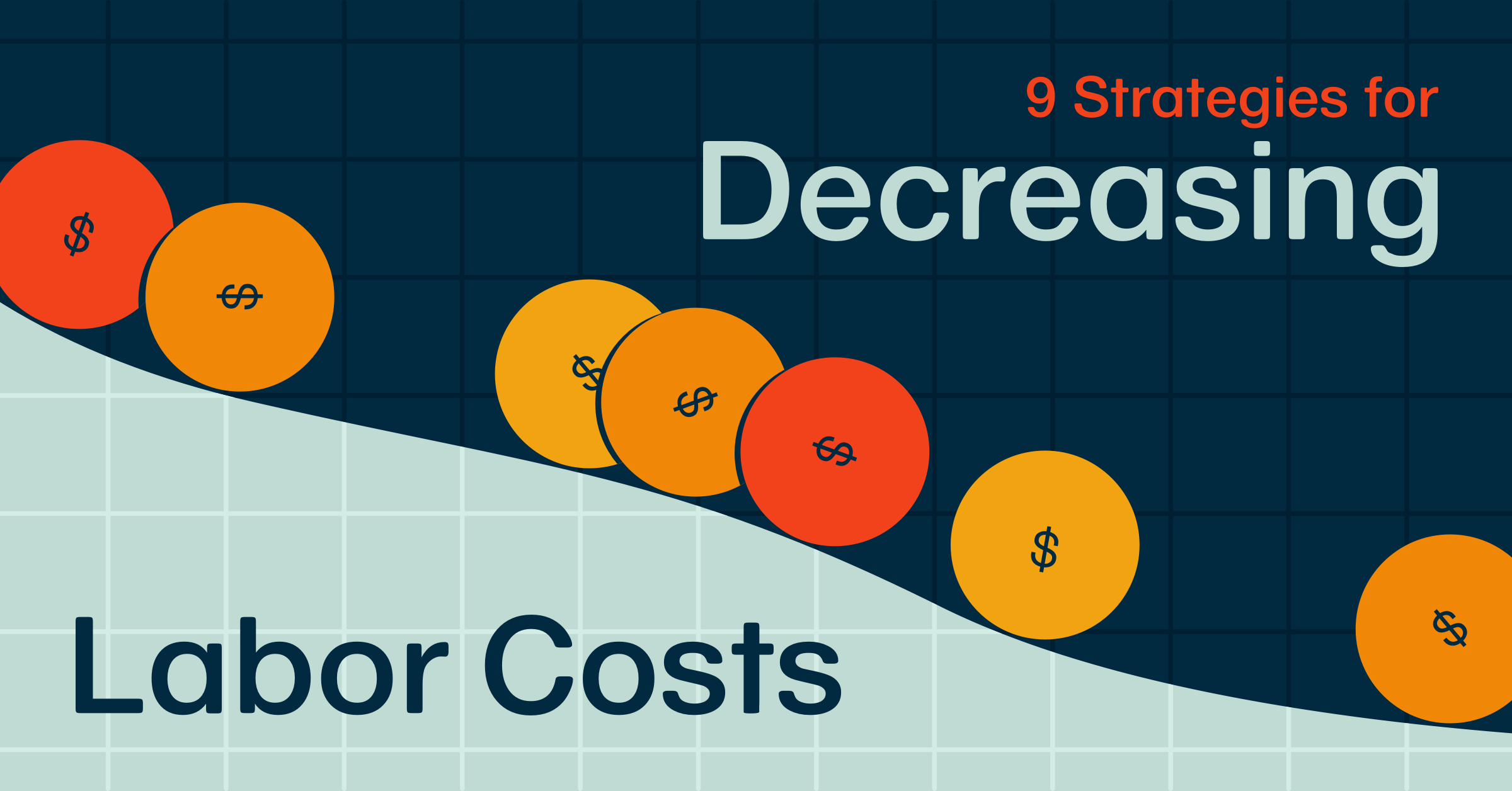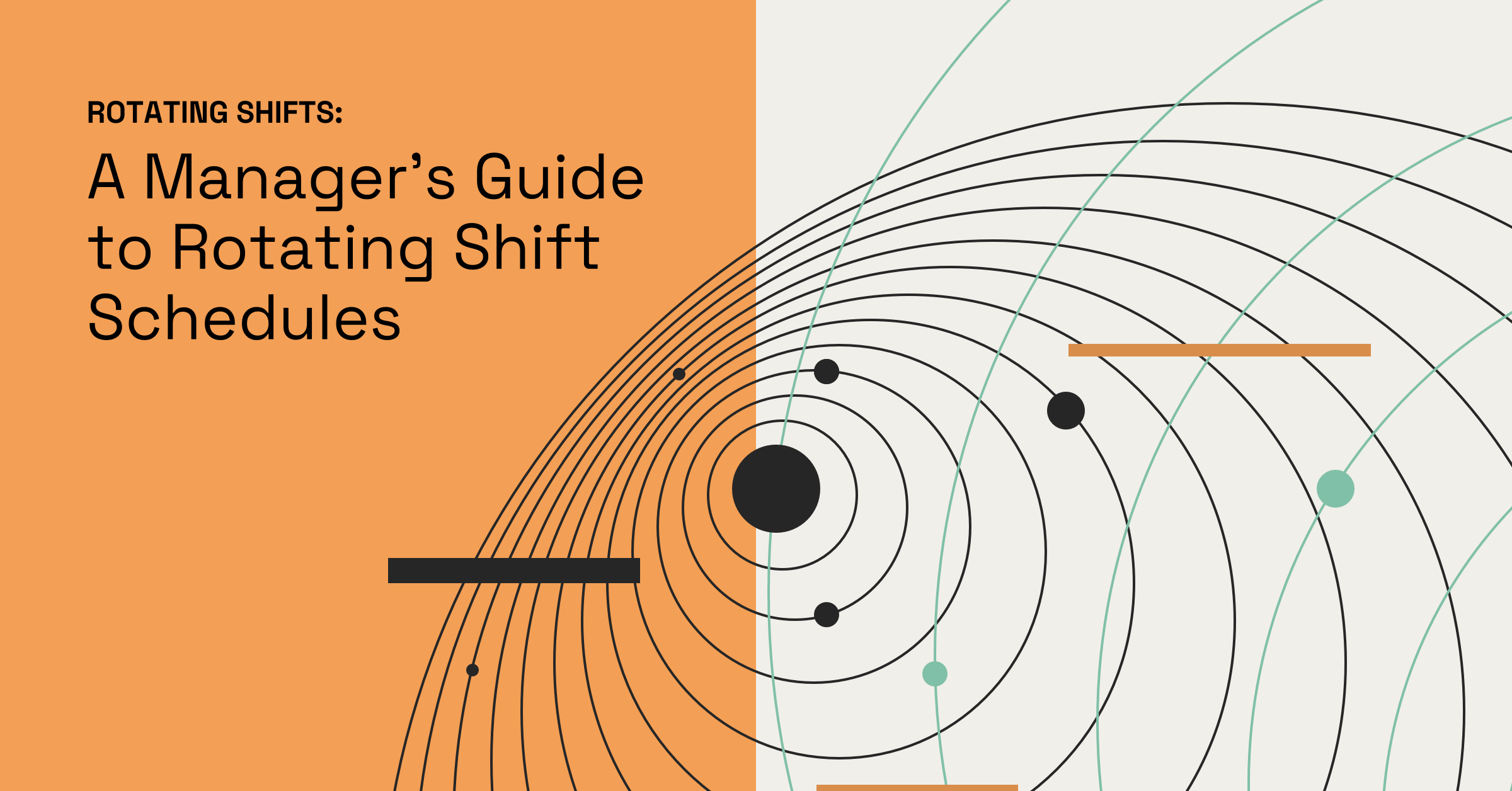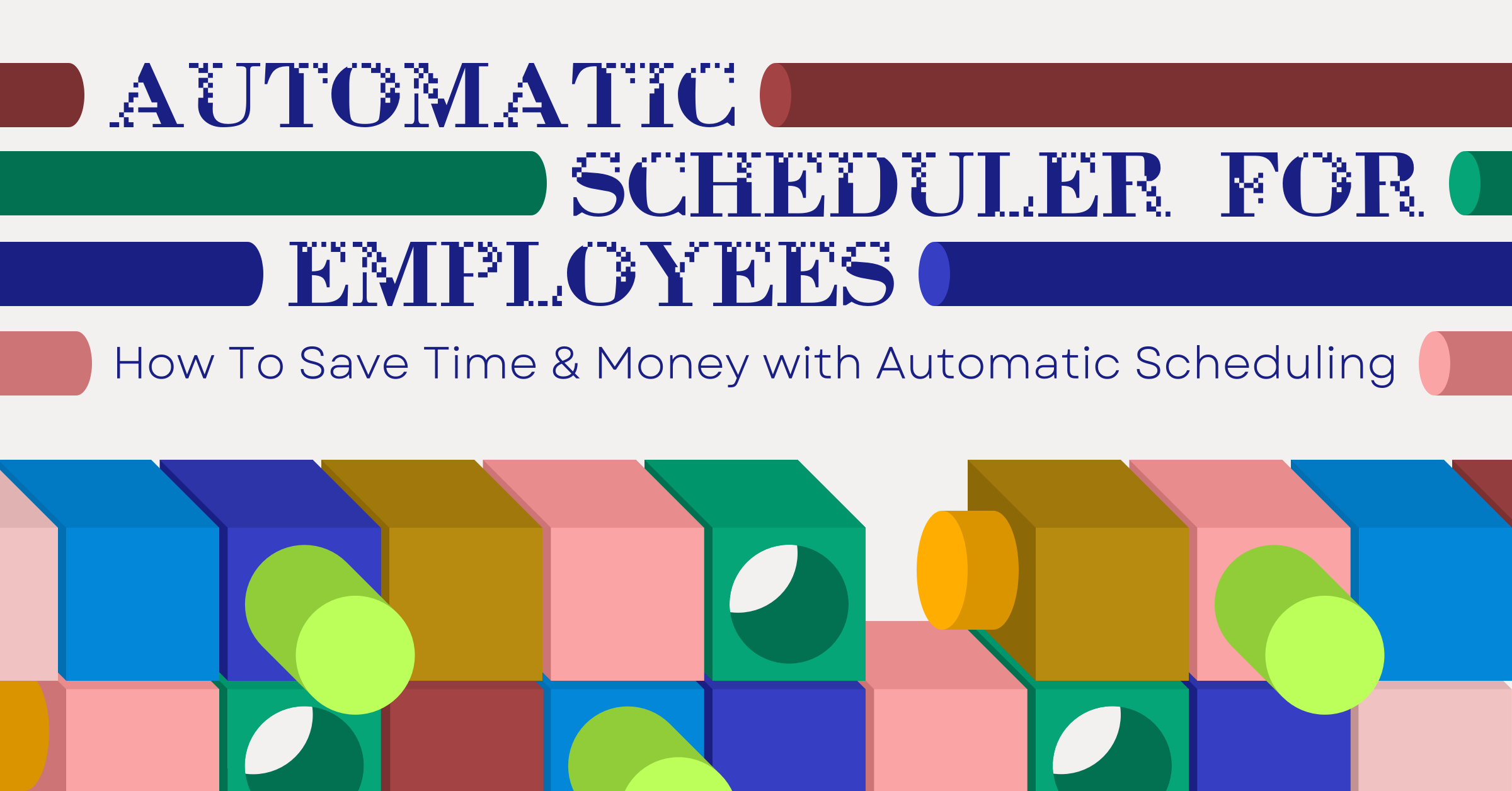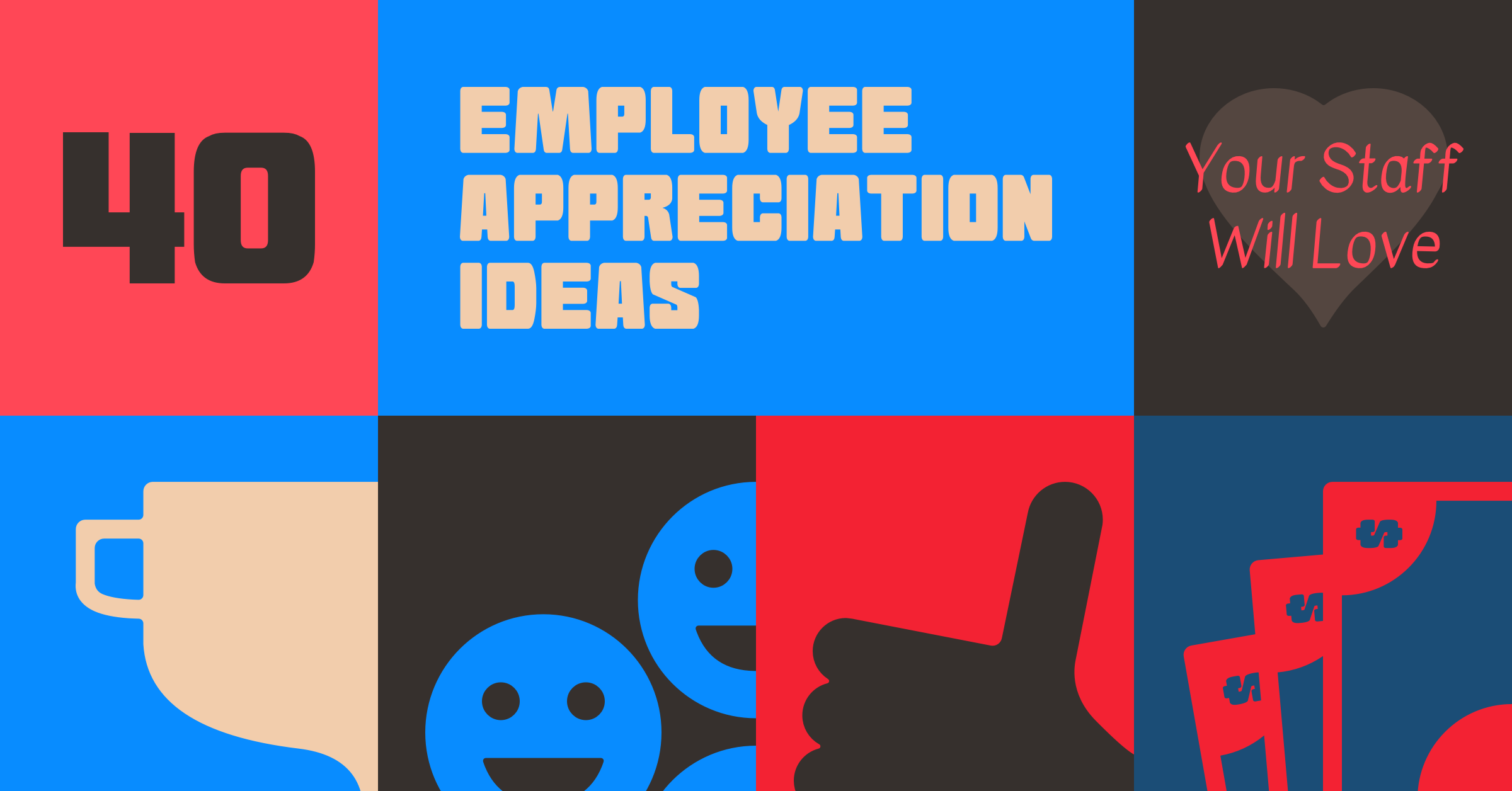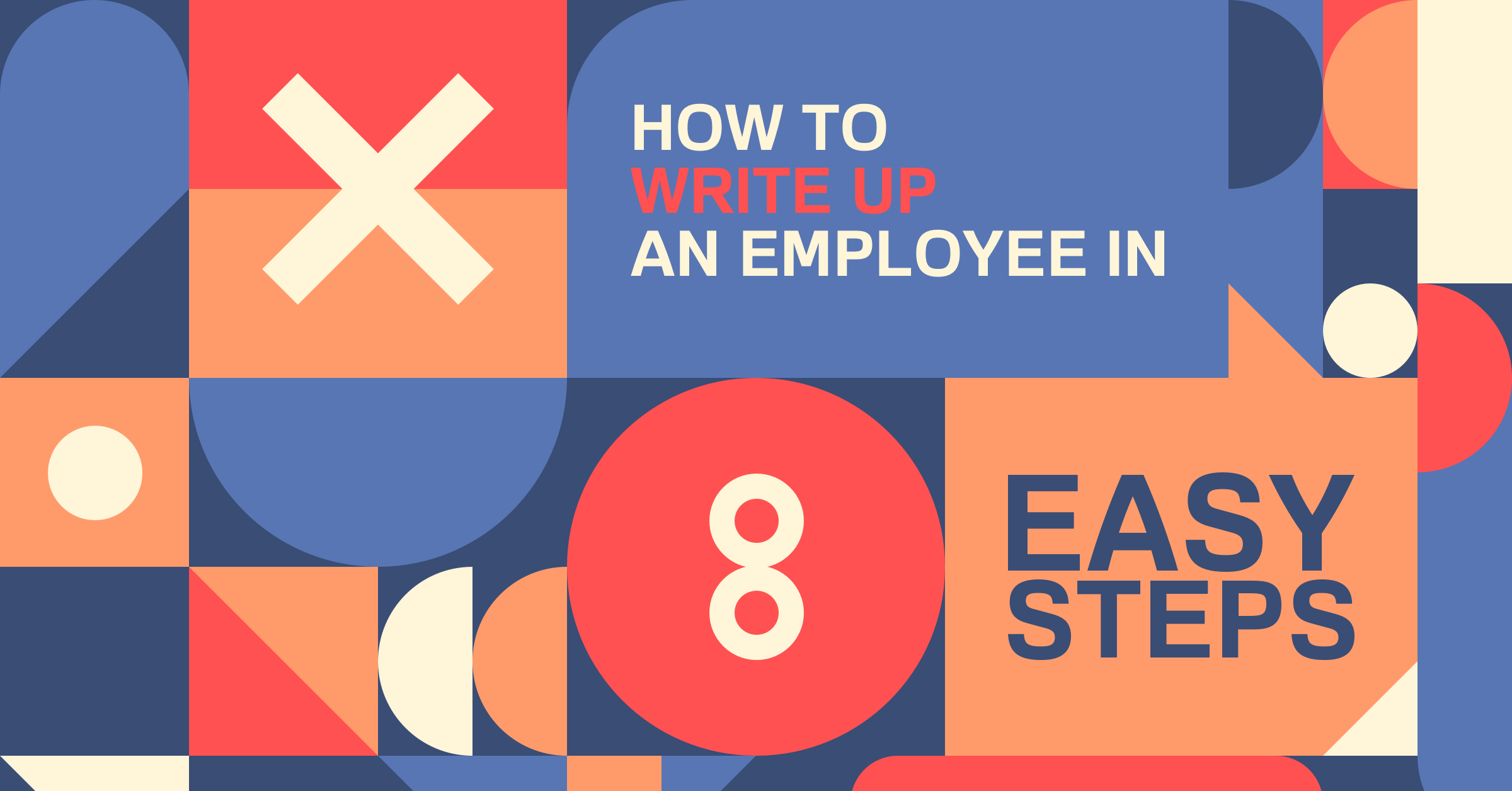Manager’s Guide To Restaurant Staff Retention
Try When I Work for free
Running a restaurant is tough, especially when you’re short-staffed during a busy rush. Customers get frustrated with their food. You’re stuck filling gaps instead of growing your business.
As a small business owner, you want to scale up. However, high turnover and unhappy staff make you feel like it’s an impossible dream. Retention issues hit hard. Orders get messed up. Service slows down, and your team’s morale tanks. We’ve seen this struggle firsthand.
The good news is that you can turn things around. We’ve partnered with countless restaurant clients who needed to fix their staffing headaches so they could focus on growth. Here’s everything you need to know about improving restaurant retention, including what tools you need to make it happen.
Key takeaways
- High turnover hurts your bottom line and ruins morale
- Low morale impacts the customer experience
- A pattern of turnover damages your reputation
- Addressing turnover requires a multifaceted approach
- Improving your scheduling can instantly boost morale and stop the bleeding of high turnover
Signs your restaurant is facing a retention problem
Here are common warning signs of retention problems in the restaurant industry:
High turnover within 30-90 days
New hires leaving within their first three months is a red flag. It means they’re not connecting with the job or the team. You’ll notice you’re constantly training new faces, which drains your time and energy.
Frequent shift no-shows or call-outs
If employees are regularly missing shifts or calling out last minute, it means they’re disengaged. This leaves you scrambling to fill the gaps.
Constantly hiring for the same positions
Are you always posting ads for waiters, hostesses, or cooks? That’s a clue you’ve got a restaurant retention problem. Some turnover is normal, but you shouldn’t be stuck in a hire, quit, rehire cycle.
Schedule gaps filled by managers
When managers have to step into cover shifts, it’s a sign that your team is often shorthanded. You’re not there to bus tables all day; you need time to manage.
There are plenty of times it’s necessary to step up to help your team when they’re slammed. But it shouldn’t be an everyday occurrence. You need time to fulfill your managerial responsibilities.
Decline in upselling or guest engagement
If your staff stops suggesting specials or chatting with customers, they might be checked out. This hurts sales and negatively impacts customer loyalty.
Silent quitting through minimal effort
According to Gallup, about 50% of U.S. workers are quiet quitters. Quiet, or silent, quitters show up for their shifts and do the bare minimum to keep their jobs. They meet their job description, but that’s it.
How restaurant retention impacts your bottom line
Low retention doesn’t just stress you out. It hits your profits hard. When staff leave, it:
Increases training and onboarding costs
You’ll spend a lot more on training and onboarding staff when no one sticks around. Restaurant scheduling also becomes a nightmare when you are constantly bringing in new workers.
Slows table turnover
Short-staffed teams mean slower service. Your customers will get frustrated and may stop coming to your restaurant altogether.
Damages brand reputation
Unhappy staff lead to unhappy customers. Mistakes like wrong orders or slow service can tank online reviews. One bad week at a restaurant can lead to a handful of 1-star Yelp reviews, and it might take months to bounce back.
Worsens team morale
Constant turnover makes your remaining staff feel overworked and undervalued. The people who show up feel like they are getting the short end of the stick.
5 ways to improve your restaurant staff retention
If you’ve noticed these restaurant retention red flags, use these tips to address the issue head-on.
1. Hire for attitude, train for skill
Look for people who are eager and friendly. Be willing to take chances on less experienced staff if they bring enthusiasm to the table. It’s worth it.
2. Offer consistent, reliable scheduling
Inconsistent schedules stress employees out. Use scheduling tools to create fair, predictable schedules.
3. Recognize and reward effort
A simple “great job” or small bonuses can go a long way. You could start giving quarterly gift cards to your top performers. It might have a huge impact on morale.
4. Build team culture beyond the floor
Host team events or meetings to build camaraderie. Employee engagement tools can also help you connect with employees.
5. Conduct short, regular check-ins
Check in with your team weekly to hear their concerns. Quick chats will help you catch issues early. For instance, you could learn about potential issues before they turn into huge problems, like when servers are upset about their hours or when a couple of key team members stop getting along.
Try software that helps you manage your restaurant workforce
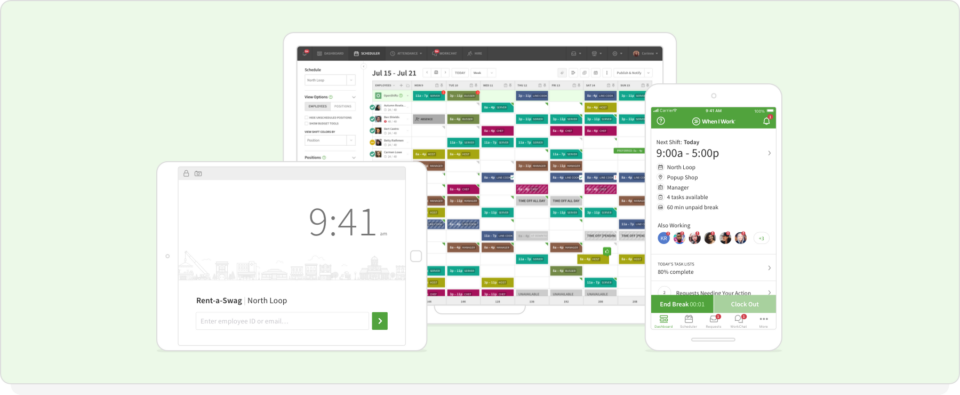
Employee scheduling software is the key to fixing restaurant retention. You can make better schedules faster and keep your team connected. Employee forecasting tools are also essential, as they help you accurately predict staffing needs.
Looking for an all-in-one scheduling platform to put your retention headaches behind you? When I Work is the answer.
How When I Work helps you keep staff
When I Work includes everything you need to build a better schedule. It includes:
- Team messaging
- Time clock
- User-friendly mobile app
- Shift trades and swaps
- Hourly tracking
- Reporting features
- Payroll integration
The automatic scheduling tool can save you up to 15 hours per week. The other features are designed to boost morale and keep everyone connected, week after week.
Get labor insights, automated scheduling, and more from When I Work
High turnover hurts your restaurant’s vibe and profits. However, poor restaurant retention doesn’t have to hold you back. You can put a stop to it with When I Work.
The built-in time clock accurately tracks hours worked and helps prevent payroll mishaps. The team messaging feature makes it easy to share schedule updates and keep your staff in the loop. These are just a few of the digital tools you can put to use with When I Work.
Sign up for free today!

